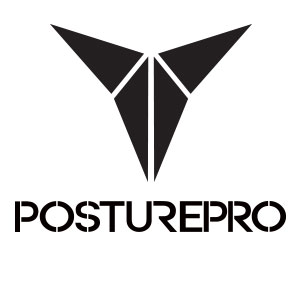By Jeremy Hudson
It’s sad to say that many people care more about how they look then how they function.
Check out this before and after photo. I applaud his success, but now after seeing his transformation photos I can only hope that he notices his poor posture. His right shoulder is lower than the left and his right hip is elevated. Choosing to ignore his postural misalignment will likely create much pain in the future.
Based on his poor posture it is safe to say that his lower back, hips, shoulder and neck are all affected. Although, he may not be experiencing pain right now, chances are he will, and how soon depends on what he does to aggravate the dysfunctions.
Due to his unleveled hips, any bilateral movements like squats and deadlifts will place excessive strain on his lumbar spine. Performing such exercises will only accelerate the rate of degeneration of the lumbar spine joints. He’ll likely shift his hips toward his left leg deep in a squat which also perpetuates the degeneration of his hip joints. To make things even worse, adding load or high amounts of repetitions to the movement can create immediate damage and pain in the lumbar area.
His depressed shoulder is likely to pinch the brachial plexus, a nerve that supplies his arm, and will result in less strength in his right shoulder. It’s likely that his right arm is unable to utilize the same amount of load when performing any pressing or pulling movements. It would also be noticeable that one arm will have a greater reach, mostly during overhead presses, of which could create many problems for his neck.
The levator scapula muscle runs from the neck down to the scapula, upon pressing, especially overhead pressing, that muscle stretches and pulls on the neck. Pressing with a depressed shoulder will place even greater strain on the levator scapula.
In the event that any of his movement impairments or muscle weaknesses are discovered, either by himself or a trainer, it’s likely that the corrective exercises will focus on the affected joints and sadly will not work. In this case, corrective exercises confined to the joint will not address the problem as his posture is the root cause of his depressed shoulder and elevated hip.
The postural system is under involuntary control; that means you do not consciously control it. Your brain controls posture, it’s an automatic response to the stimuli it receives from its receptor sites. Posture becomes misaligned when these receptor sites become dysfunctional.
A ‘C’ shaped spine results from one shoulder being lower and the same side hip being elevated and the cause of the hip and shoulder misalignments are dysfunctional sensory receptors and/or a short leg. Thus to fix this guys problem you must correct the sensory receptors (and short leg if present) and his hips and shoulders will become level without any physiotherapy, rehab or corrective exercises required. Posturology can help achieve just that!
You can contact Jeremy Hudson at jeremy.hudson@rogers.com
The Posturepro Team
Superior Performance
Copyright © 2014 Posturepro™
If you like this article please share the article and tag your friends.





